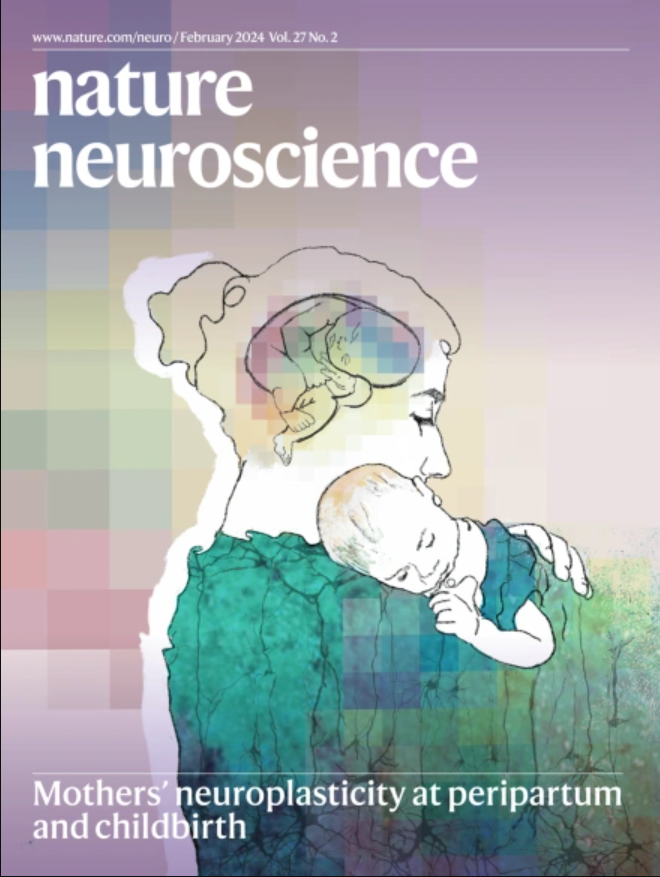Muscle-derived miR-126 regulates TDP-43 axonal local synthesis and NMJ integrity in ALS models.
IF 20
1区 医学
Q1 NEUROSCIENCES
引用次数: 0
Abstract
Amyotrophic lateral sclerosis (ALS) is characterized by neuromuscular junction (NMJ) disruption and neurodegeneration. Recent findings highlight a pivotal role for TAR DNA-binding protein 43 (TDP-43) in forming axonal pathological condensates and facilitating NMJ disruption through inhibition of local protein synthesis. However, the mechanisms that drive local TDP-43 accumulation remain unknown. Here we identify that the TDP-43 axonal accumulation in peripheral nerves of SOD1 patients and mice stems from its aberrant local synthesis. This is a non-cell-autonomous process driven by muscle-derived miR-126a-5p extracellular vesicles (EVs). Inhibiting muscle secretion of miR-126a-5p prompts presynaptic TDP-43 synthesis and accumulation, which disrupts axonal translation and causes NMJ degeneration. Introducing miR-126 to SOD1G93A mice, primary co-cultures and human induced pluripotent stem cell (iPSC)-derived co-cultures with ALS mutations exhibits neuroprotective effects and delays motor decline. These findings identify a transcellular communication axis between muscles and motor neurons that regulates axonal local synthesis and NMJ maintenance, offering insights into ALS onset and progression.肌源性miR-126调节ALS模型中TDP-43轴突局部合成和NMJ完整性。
肌萎缩侧索硬化症(ALS)的特点是神经肌肉连接(NMJ)破坏和神经变性。最近的研究结果强调了TAR dna结合蛋白43 (TDP-43)在形成轴突病理凝聚和通过抑制局部蛋白合成促进NMJ破坏中的关键作用。然而,驱动局部TDP-43积累的机制仍然未知。在这里,我们发现SOD1患者和小鼠周围神经的TDP-43轴突积累源于其异常的局部合成。这是一个由肌肉来源的miR-126a-5p细胞外囊泡(ev)驱动的非细胞自主过程。抑制miR-126a-5p的肌肉分泌,促进突触前TDP-43的合成和积累,从而破坏轴突翻译,导致NMJ变性。将miR-126引入具有ALS突变的SOD1G93A小鼠,原代共培养和人诱导多能干细胞(iPSC)衍生的共培养显示出神经保护作用并延缓运动衰退。这些发现确定了肌肉和运动神经元之间的跨细胞通讯轴,调节轴突局部合成和NMJ维持,为ALS的发病和进展提供了见解。
本文章由计算机程序翻译,如有差异,请以英文原文为准。
求助全文
约1分钟内获得全文
求助全文
来源期刊

Nature neuroscience
医学-神经科学
CiteScore
38.60
自引率
1.20%
发文量
212
审稿时长
1 months
期刊介绍:
Nature Neuroscience, a multidisciplinary journal, publishes papers of the utmost quality and significance across all realms of neuroscience. The editors welcome contributions spanning molecular, cellular, systems, and cognitive neuroscience, along with psychophysics, computational modeling, and nervous system disorders. While no area is off-limits, studies offering fundamental insights into nervous system function receive priority.
The journal offers high visibility to both readers and authors, fostering interdisciplinary communication and accessibility to a broad audience. It maintains high standards of copy editing and production, rigorous peer review, rapid publication, and operates independently from academic societies and other vested interests.
In addition to primary research, Nature Neuroscience features news and views, reviews, editorials, commentaries, perspectives, book reviews, and correspondence, aiming to serve as the voice of the global neuroscience community.
 求助内容:
求助内容: 应助结果提醒方式:
应助结果提醒方式:


